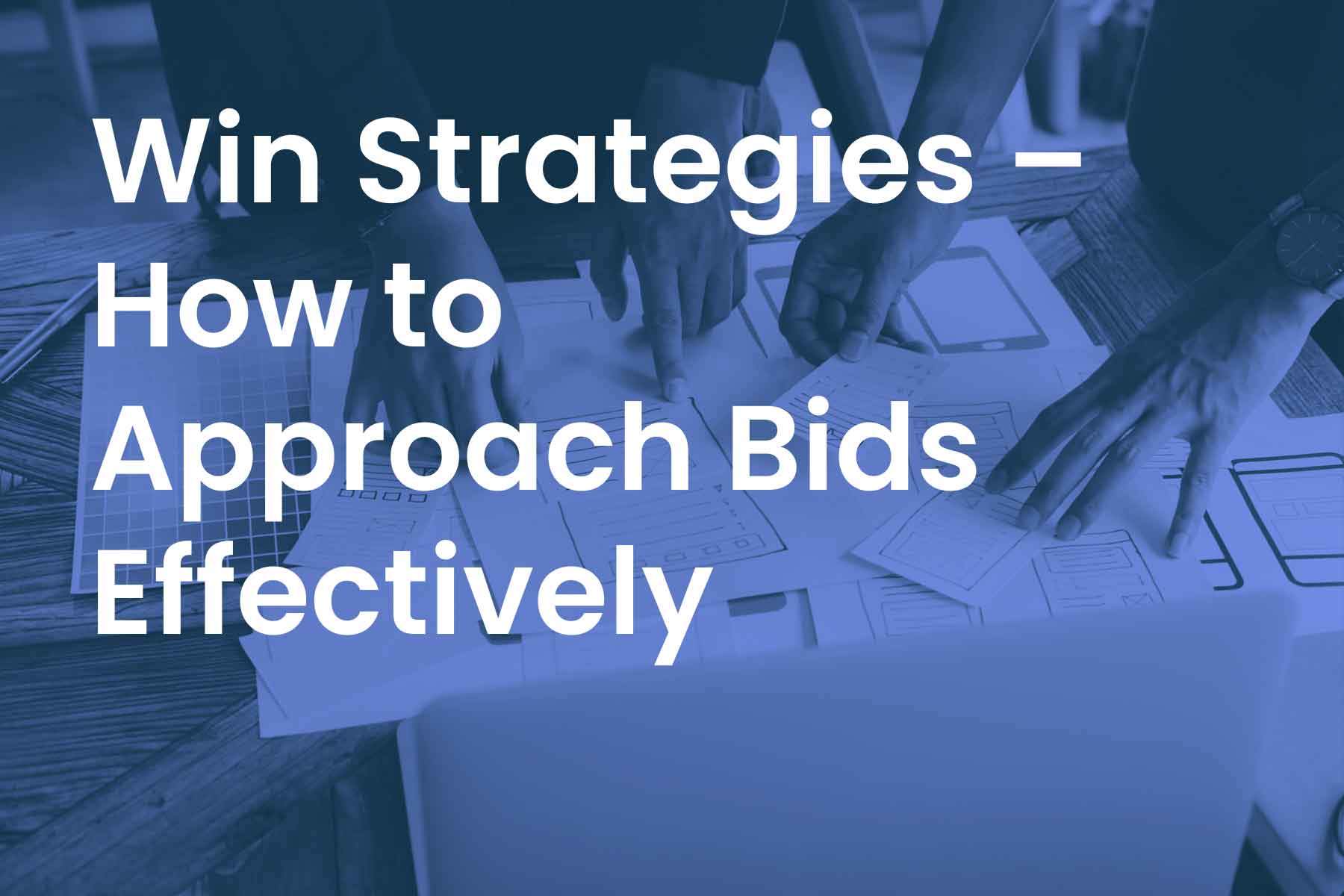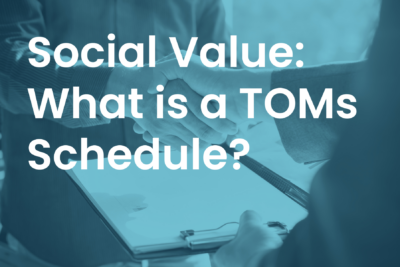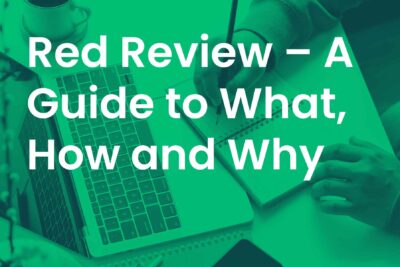
A win strategy is essentially a plan which you and your bid team should draw up prior to writing a bid which sets out precisely how you believe you are going to win the contract in hand.
Why Do I Need a Win Strategy?
Put yourself in your buyer’s shoes. They have issued this tender to numerous suppliers all of whom are probably capable – to one extent or another – of providing the product or service.
The buyer will have to read proposals from all these suppliers, all of which will discuss the same topics and repeatedly offer very similar solutions.
See the problem here? By the time the buyer has finished reading, they will be unlikely to be able to tell your proposal apart from any of the others – so how do we make it stand out?
Planning your bid and formulating a win strategy is key in setting yourself and your solution apart.
Your strategy should be formulated by a group of your staff who all know the buyer, sector, and industry as well as your technical solution. This will ensure that every aspect of your proposal is unique, coherent and stands out from the crowd.
Knowing the Buyer
When considering your buyer and their needs regarding a specific contract and more broadly, bear the following four areas in mind:
- Objectives
What does the buyer want to achieve?
How does a good service/product/supplier look to them?
What is their focus for this tender and contract? - Industry
In which industry does the buyer operate?
What are the industry challenges? (Past, Present and Future)
What opportunities does the industry have for growth?
How does the buyer want to exploit those opportunities and how can you help them? - Success
How does the buyer measure success?
How will you measure success in your service?
Does this align to the buyer’s idea of success?
How can you help the buyer and yourself to succeed? - Culture
What type of company is your buyer?
How do you/don’t you mirror the buyer’s culture in your own business? Exploit and mitigate similarities and differences accordingly.
How can you meet any ethnic, social, or cultural requirements? (e.g., language barriers, providing suitable food, worship spaces as required)
Establishing the Buyer’s Hot Buttons
Your buyer wants to be successful and when they look to spend their money they want/need/must ensure that they are making the right decision. Naturally, this responsibility comes with concerns, worries and management expectations that need to be considered and addressed.
The best way to find out what your buyer’s hot buttons are is to ask them. You can ask, “What are your biggest concerns about this project?” Or “What are you most worried about that might go wrong?” Don’t be reluctant to ask buyer’s these simple questions, encourage them to talk and take note of their answers.
In preparation, make a list of all the concerns the buyer has expressed as well as any you suspect about this project (e.g., hopes and expectations, concerns which may threaten the project, any biases they may have etc.).
Once you have curated this list, prioritise them on a scale of 1-5 (small to large). This will then provide you with a clear view on what is of most concern to the buyer and therefore what must feature most prominently in your solution and proposal.
Finally, proceed to consider what you can offer the buyer to resolve each one of their concerns.
You will then have a firm foundation on your win strategies, with key areas to focus on in your bid. Your whole team should then know and understand the buyer’s hot buttons and how your proposal will seek to resolve them.
Differentiators / Discriminators
As a team, discuss how you will set yourself apart from your competition. Make a list of your key USPs and critically how they compare in the broader landscape.
Cross-reference your differentiators with your findings from the hot button analysis to determine the key areas to focus on for each tender you bid on.
Throughout this process, ask yourself:
- Are these differentiators achievable?
- Are they in line with company strategy?
- Do they have the backing of Senior Management?
Summing Up
You should now have a very firm idea on the direction you plan to take your bid. Your whole team should be on board with your plans and be ready to put together a strong, cohesive, and unique proposal.
Remember that your proposal should always articulate how you will address the hot buttons as well as the resulting benefit that the client will receive as a key deliverable.
Your proposal win themes should be evident in each one of your bid sections and should drive the focus of your proposal. In the planning stage, you may want to base each section on a specific theme to give your authors a better idea of where to start.
By following this process, you are guaranteed to consistently write better bids which have the very best chance of success.


